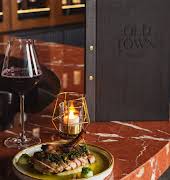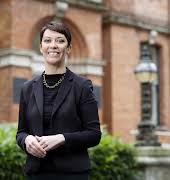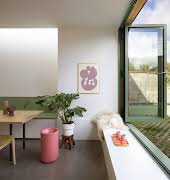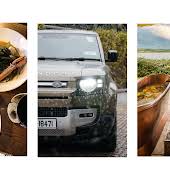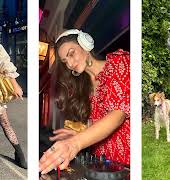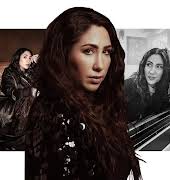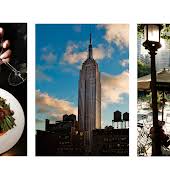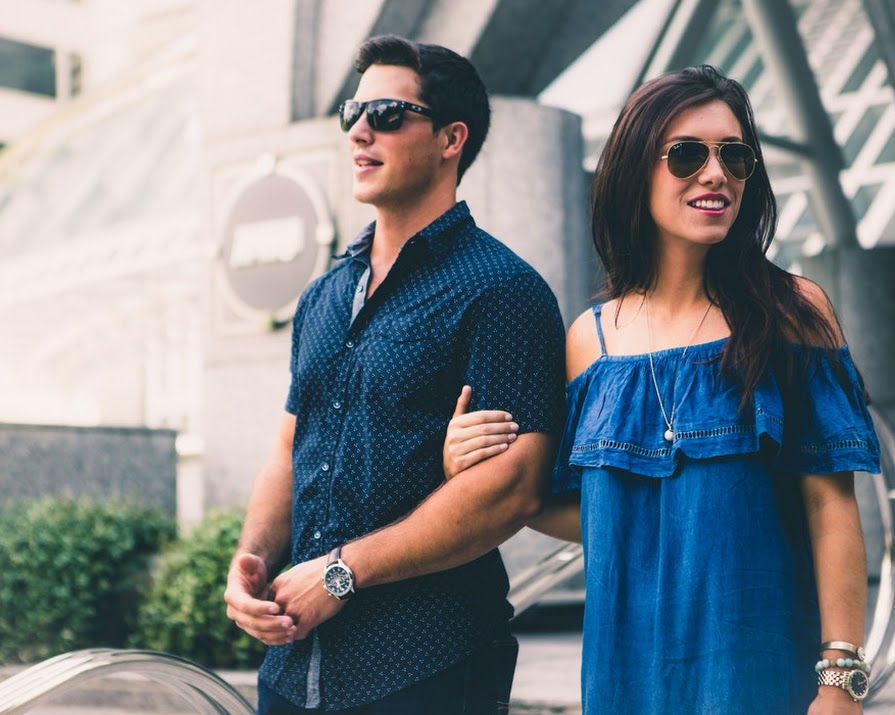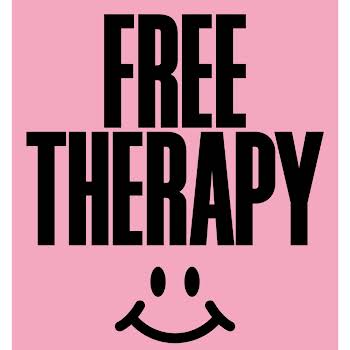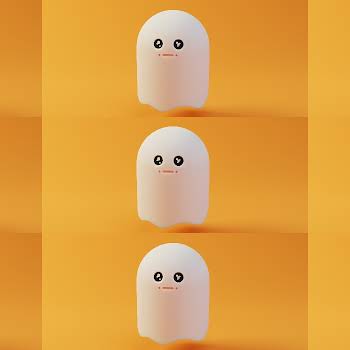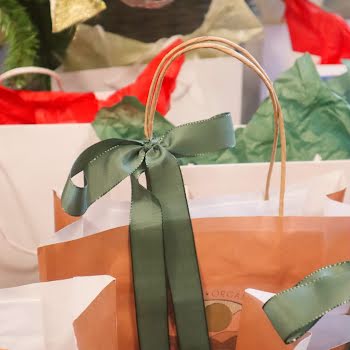Hopeless love life? Your predesigned ‘type’ might be what’s holding you back
By Louise Bruton
18th Jun 2019
18th Jun 2019
Having a ‘type’ — whether it be tall, dark and handsome or short, blonde and, eh, not — is something that the majority of people think about when it comes to modern dating. But does the concept of types limit our dating scope to those we might not even gel with? Or worse, does it exclude others based on how they look? Louise Bruton discusses.
When people ask you what your type is, what do you say? Is your type tall, funny, rich and fit? Smart, motivated, has a house of their own and no kids? Dark hair, not from the country, preferably a doctor and good at taking Instagram photos? Skinny, from a good family, great sense of style and generous with gifts?
At what point does defining your type go from being a cute list and turn into some aspirational Disney prince situation that’s slightly shoehorning -isms (classism, racism, fatism, ageism) into it as you go? To have a type is to know what you want, not what you need, and if you’re sticking to the rigid list of qualities you want, there’s a chance that you’re eliminating or overlooking people that might actually be better suited to you, or simply picking people based on superficialities.
If ever there is a warning sign above someone’s head, it’s confusing gym attendance with having a
The Love Island effect
The cast of last summer’s Love Island was probably my first rude awakening to the ridiculousness of ‘types’. As the boys sat in one corner of the garden and the girls held the fort in another, they’d go around the group and ask each other about their types. Their responses delivered vague answers like blondes, brunettes, tall, dark or fit and their type would change whenever new blood entered the villa — their jaws dropping to the floor and their eyes darting like a shark in attack mode. On apps like Tinder and Bumble, the definition of type can shift between rational requests and something more sinister. It can start off quite innocently with foodies seeking other foodies (we all need to eat, does that not make us all foodies?), outdoorsy types seeking other outdoorsy types to help tie their hiking boots, or gym fanatics looking for someone to work out with because… life isn’t miserable enough? I don’t know. If ever there is a warning sign above someone’s head, it’s confusing gym attendance with having an actual personality.
Negging is like taking a bullet to the groin. So stop it. Stop it right now.
Negging
But from my perspective as a straight gal wading through the many profiles of straight men, the things that a terrifying percentage of lads say they want in their prospective partner — either for an hour or for life — could be construed as ‘negging’. Negging is a tired tactic used to undermine someone’s confidence so they’re in need of approval, no matter how useless or mediocre the instigator is. In these profiles, the men say that they want deep conversations or women with “actual intelligence” and not that fake intelligence we’ve been bandying about our entire lives. They want make-up free faces and selfie-free profiles. They want that natural look. If their eyebrows can be seen from space, they should swipe left and if they’re the colour of an Oompa Loompa, they should look elsewhere.
From the harmless to the cruel, these requests aren’t an outline of anybody’s type; they’re exclusive demands that not only limit your chances of meeting someone new and exciting, but target certain people as bad or unworthy of their attention, forgetting that putting someone down in order to attract someone else is like shooting yourself in the groin. That’s right. Negging is like taking a bullet to the groin. So stop it. Stop it right now.
Big developments
Last September, Grindr, the app for gay, bi, trans, and queer people that’s mostly used by men, launched the Kindr initiative to cut back on racist, body-shaming or stigmatising language like “No fats, no fems, no Asians” used in people’s profiles. These exclusionary and dangerous statements are hidden under the premise of type and while you may think that your type of person is nothing like that, by having a type, you are setting limits for yourself by directly excluding others. While any profiles on Grindr using that language will be subject for review by the app’s moderation team, the general set up of dating profiles means that we are routinely asked to outline our type, even if we don’t really have one.
Back in the day — ah! remember the day? — our fancies were tickled by chemistry and the way that Sally (or Sal) O’Brien might look at you and not by a checklist of heights, outdoor activities, decent salaries, body shapes, eyebrow shade, ethnicities or just how much you love the poetry of Bukowski. If your love life feels hopeless, even if you’re an active user of dating apps, your predesigned type might actually be the thing that’s holding you back.

